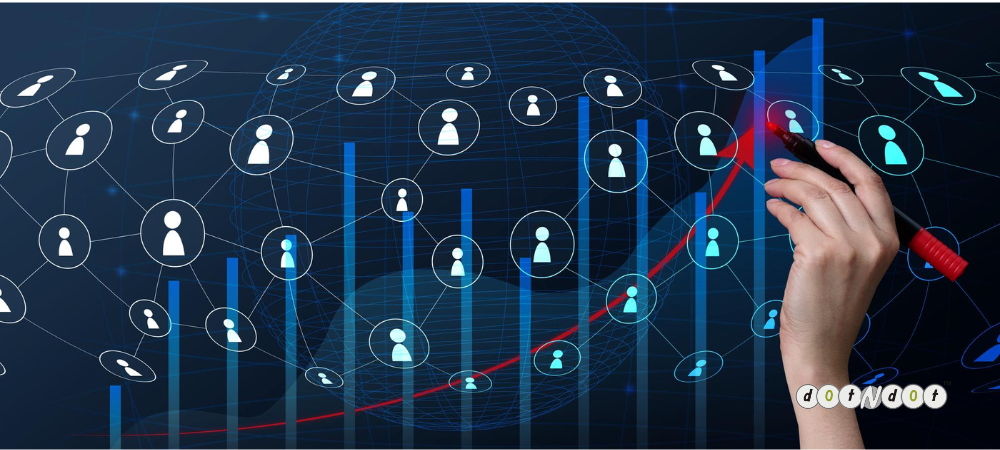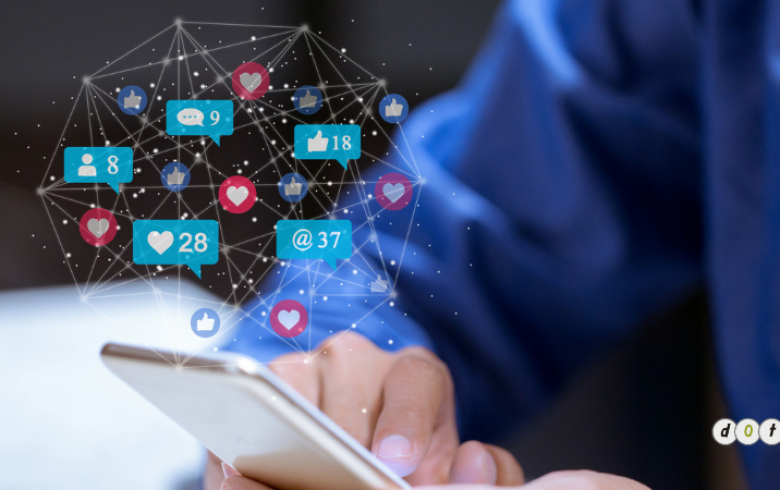
To create a successful digital marketing strategy, you must start with personalization and customer segmentation.
By definition, personalization is the procedure of tailoring content and experiences to fit the needs of a specific individual.
And customer segmentation is the practice of dividing your customers into groups based on similar characteristics.
This means understanding who your target audience is and what they want.
It is where personalization and customer segmentation come in.
By segmenting your customers and personalizing your marketing, you can better connect with your target audience and improve your bottom line.
Here’s a closer look at why personalization and customer segmentation are so important in digital marketing.
How to Use Personalization and Customer Segmentation in Your Digital Marketing Strategy
Personalization Increases Engagement
When you personalize your content, you make it more relevant and engaging for your audience. As a result, they’re more likely to stick around for a while and take the actions you want them to take.
Segmentation Helps You Understand Your Customers
By segmenting your customers, you can better understand their needs, wants, and pain points.
This insight will help you create more targeted content and experiences That speak directly to them.
Personalization Delivers More Relevant Messages
If you’re not personalizing your messages, you’re likely missing the mark with some of your audience members.
But when you take the time to personalize your communications, you can be sure that each person is receiving relevant content.
This means understanding who your target audience is and what they want.
It is where personalization and customer segmentation come in.
By segmenting your customers and personalizing your marketing, you can better connect with your target audience and improve your bottom line.
Here’s a closer look at why personalization and customer segmentation are so important in digital marketing.
Segmentation Reduces Marketing Costs
Customer segmentation can reduce your marketing costs by allowing you to focus your efforts on those who are most likely to convert.
It means less wasted time and money on marketing activities that don’t produce results.
Personalization Can Improve Customer Lifetime Value
Personalized experiences can lead to higher levels of customer satisfaction and loyalty.
And satisfied, loyal customers are more valuable to your business in The long run because they’re more likely than one-time buyers to make repeat purchases and recommend your products or services to others.
What is Personalization?
Personalization is tailoring your marketing messages to fit the needs and interests of a specific individual.
In other words, it’s about making your marketing more relevant to the people who see it.
There are several ways to personalize your marketing.
For example, you can use data from past interactions to show customers products or services they might be interested in.
You can also use data like location or demographics to create targeted messages.
And, with the advent of new technologies like artificial intelligence, the possibilities for personalization are only increasing.
In a world where consumers have more choices than ever, it’s essential to stand out from the competition.
Personalized content helps businesses do just that by delivering relevant, targeted content that speaks directly to the needs of each customer.
It not only helps improve customer engagement but can also lead to increased sales and conversions.
Personalization can improve customer engagement, loyalty, and conversions.
There are a few different methods to personalize content.
Still, some standard methods include using data from previous interactions to deliver relevant content, customer location or device type to provide targeted content, or customer purchase history to offer personalized recommendations.
What is Customer Segmentation?
Customer segmentation is the process of dividing your customer base into small groups based on shared characteristics.
It allows you to create targeted marketing messages likely to resonate with each group.
There are several different ways to segment your customers.
For example, you can segment them by demographics like age, gender, or location.
You can also segment them by behavior, such as whether they’re new or returning customers, or by purchase history.
Customer segmentation allows businesses to create targeted marketing campaigns that are likely to be successful because they’re speaking directly to the needs of a specific group of people.
It can lead to increased brand awareness and loyalty among customers.
In digital marketing, personalization and customer segmentation are two essential tools.
By understanding your target audience and tailoring your marketing messages to appeal to them directly, you can increase your conversion rate and boost your bottom line.
Personalization in Digital Marketing
Digital marketing uses electronic channels to promote or market products and services to consumers and businesses. Personalization in digital marketing can achieve through data such as demographics, behaviors, and interests to customize messages and content so that it is more relevant to the individual. It can result in higher engagement rates, conversions, and ROI.
In recent years, digital marketing has become increasingly personalized. With the advent of new technologies, businesses can collect more customer data than ever. This data can use to create highly customized marketing campaigns tailored to each customer’s needs and interests.
There are several benefits of personalization in digital marketing. It allows businesses to build deeper relationships with their customers. Personalized messages show that you know your customer and understand their individual needs. It can lead to increased customer loyalty and repeat business.
Personalization can help you improve your conversion rates. When customers feel like you understand them and are speaking directly to them, they are more likely to take action. Finally, personalization can help you stand out from your competitors. A personalized message will always be more memorable and effective than generic marketing.
Customer Segmentation in Digital Marketing
Digital marketing customer segmentation divides customers into groups based on shared characteristics so that companies can market to them more effectively. By segmenting customers, businesses can better target their advertising and promotional efforts and tailor their products and services to meet specific groups’ needs better.
There are several ways to segment customers for digital marketing purposes, including geographic location, demographics, interests, and behaviors. Segmenting customers is an integral part of any digital marketing strategy, as it allows businesses to understand their target audience better and create more targeted, effective campaigns.
One of the most common ways to segment customers for digital marketing is by geographic location. It can do by targeting specific countries, regions, or even cities. For example, a company selling winter clothing might target digital marketing efforts toward consumers in cold weather climates.
Demographic segmentation is another standard method of customer segmentation in digital marketing. It involves grouping customers based on age, gender, income level, and education level. For example, a company selling baby clothes might target its advertising toward mothers with young children.
Interest-based segmentation is another approach that can use in digital marketing. It involves grouping customers based on their interests or hobbies. For example, a company selling sports equipment might target advertising toward people interested in sports.
Behavior-based segmentation is another method to segment customers for digital marketing purposes. This approach involves grouping customers based on their past purchase behavior or other interactions with the company. For example, a company selling electronic products might target its advertising toward people who have previously bought similar products from them.
Conclusion
As you can see, there are many benefits to using personalization and customer segmentation in your digital marketing strategy.
By taking the time to understand your audience and deliver relevant messages that speak directly to them, you can improve engagement, reduce marketing costs, and increase customer lifetime value.
So what are you waiting for? Start segmenting and personalizing today! Personalization and customer segmentation are essential tools in the digital marketer’s toolkit.
You can increase conversions and boost profits by understanding your target audience and tailoring your marketing messages to appeal to them directly.
So if you still need to use these two techniques in your marketing campaigns, now is the time to start!




